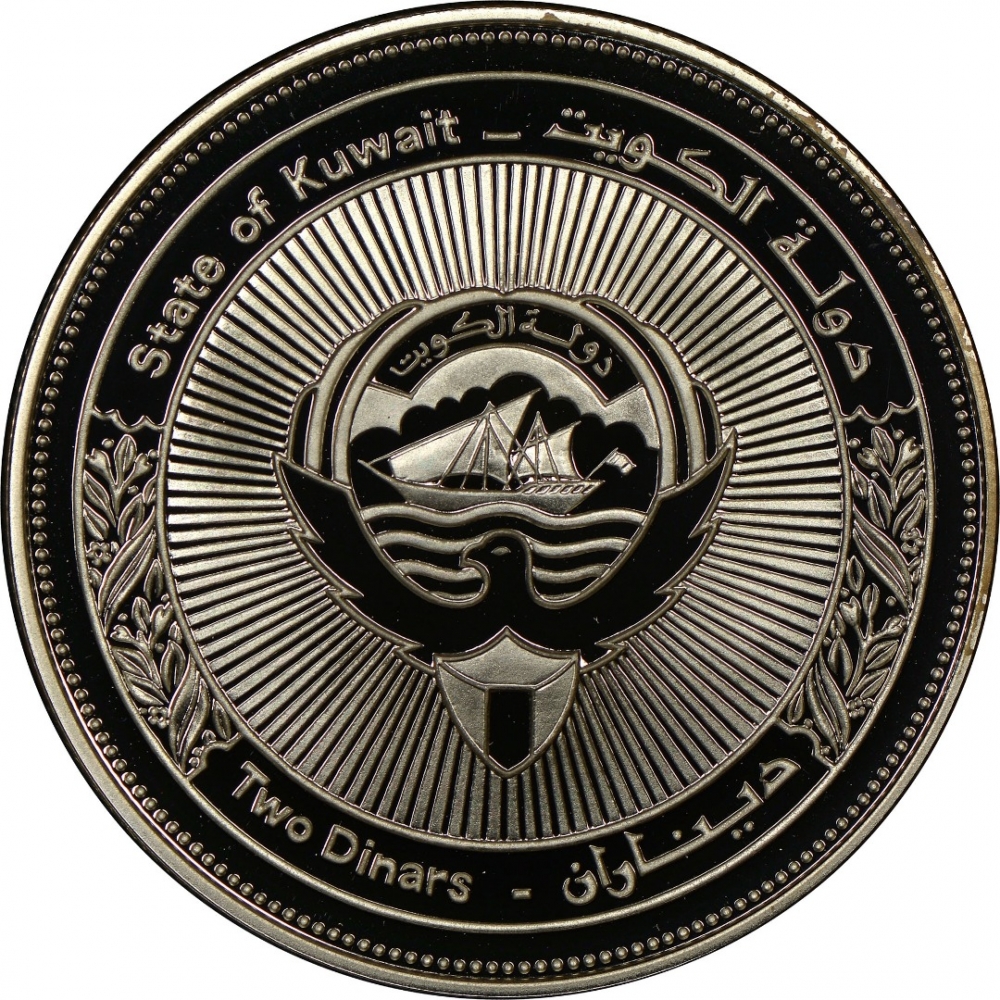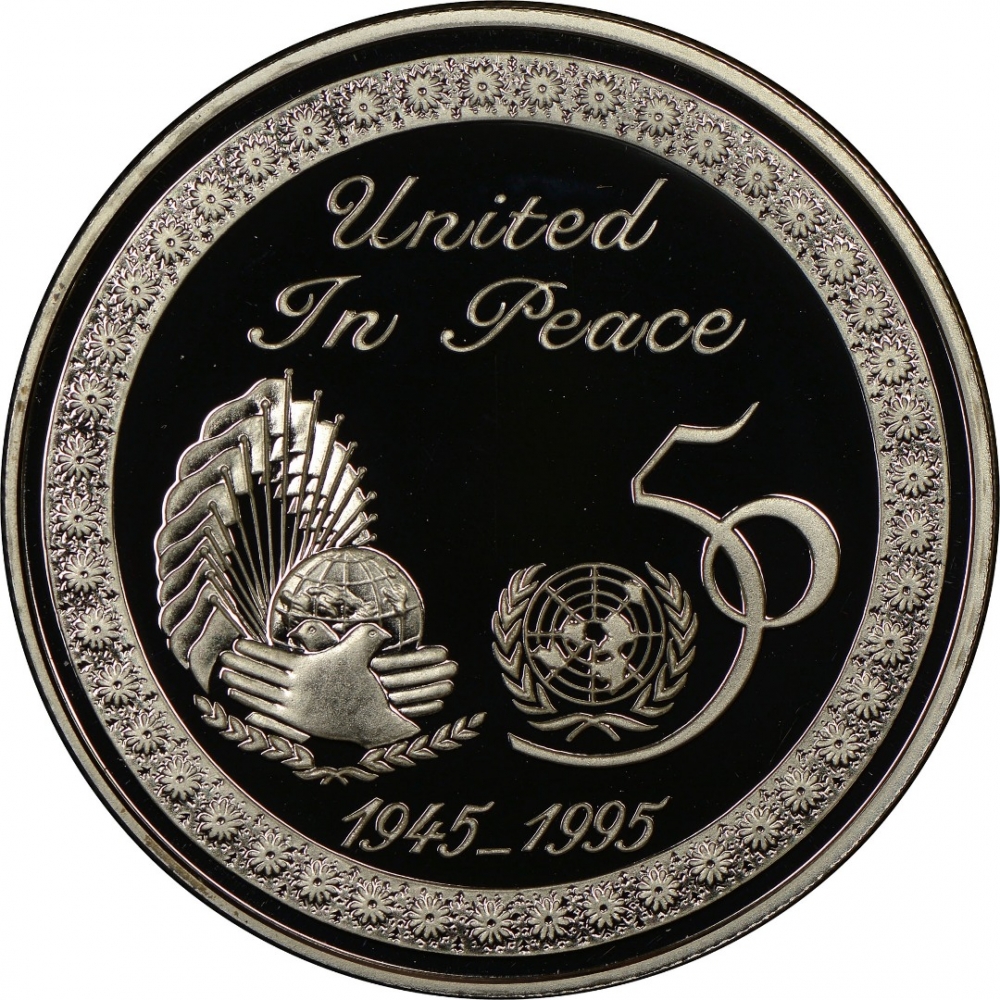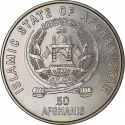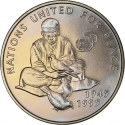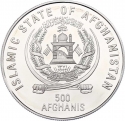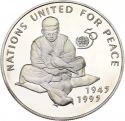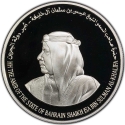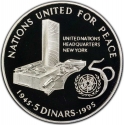You are about to finish your registration. Please check your mailbox (including spam folder). There should be a letter with a confirmation link. Check setting to make sure that your e-mail address is correct.
Send letter againDescription
The United Nations (UN) is an intergovernmental organization to promote international co-operation and to create and maintain international order. A replacement for the ineffective League of Nations, the organization was established on 24 October 1945 after World War II in order to prevent another such conflict. At its founding, the UN had 51 member states; there are now 193. The headquarters of the UN is in Manhattan, New York City, and experiences extraterritoriality. Further main offices are situated in Geneva, Nairobi, and Vienna. The organization is financed by assessed and voluntary contributions from its member states. Its objectives include maintaining international peace and security, promoting human rights, fostering social and economic development, protecting the environment, and providing humanitarian aid in cases of famine, natural disaster, and armed conflict. The UN is the largest, most familiar, most internationally represented and most powerful intergovernmental organisation in the world.
Sheikh Jaber al-Ahmad al-Sabah (1926–2006) of the al-Sabah dynasty, was the Emir of Kuwait and Commander of the Military of Kuwait; serving from 31 December 1977 until his death. He had previously served as minister of finance and Economy from 1962 until 1965, when he was appointed prime minister prior to becoming Kuwait's ruler.
Obverse

|
Depicts the national emblem of Kuwait state in front of radiant sum within a double circle surrounded by the country name above and denomination in letters all in Arabic and English divided by floral ornaments. State of Kuwait _ دولة الكويت |
|---|---|
Reverse

|
Depicts the 50th-anniversary logo of the United Nations at right, two doves of peace as hands surrounding the globe with many flags above and a wreath of olives below at left, inscription above and date below. United |
| Edge |
